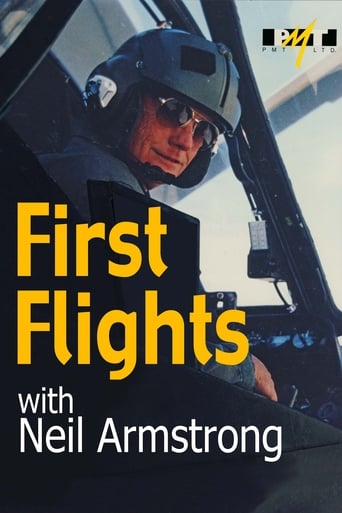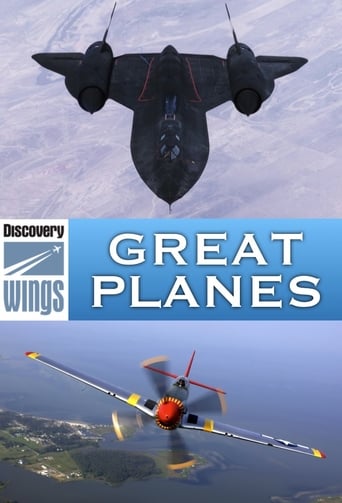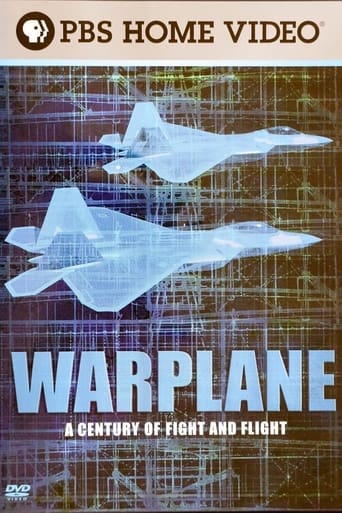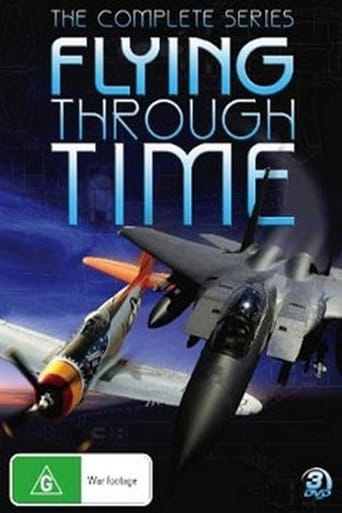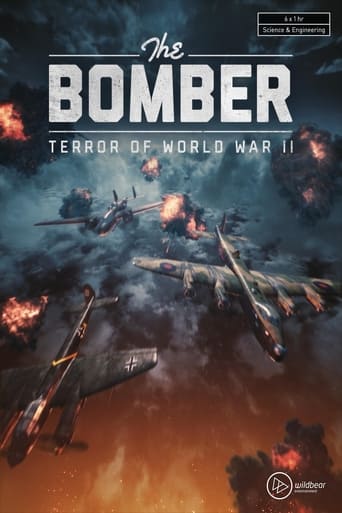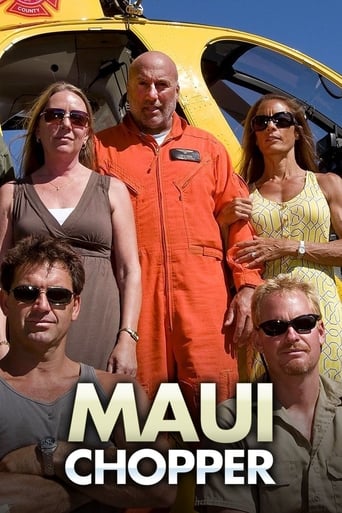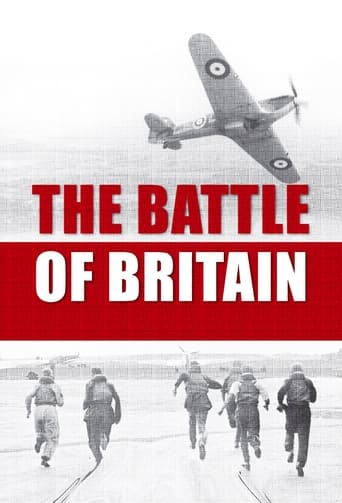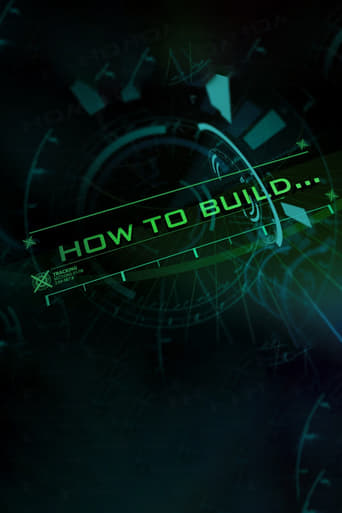First Flights with Neil Armstrong Season 1
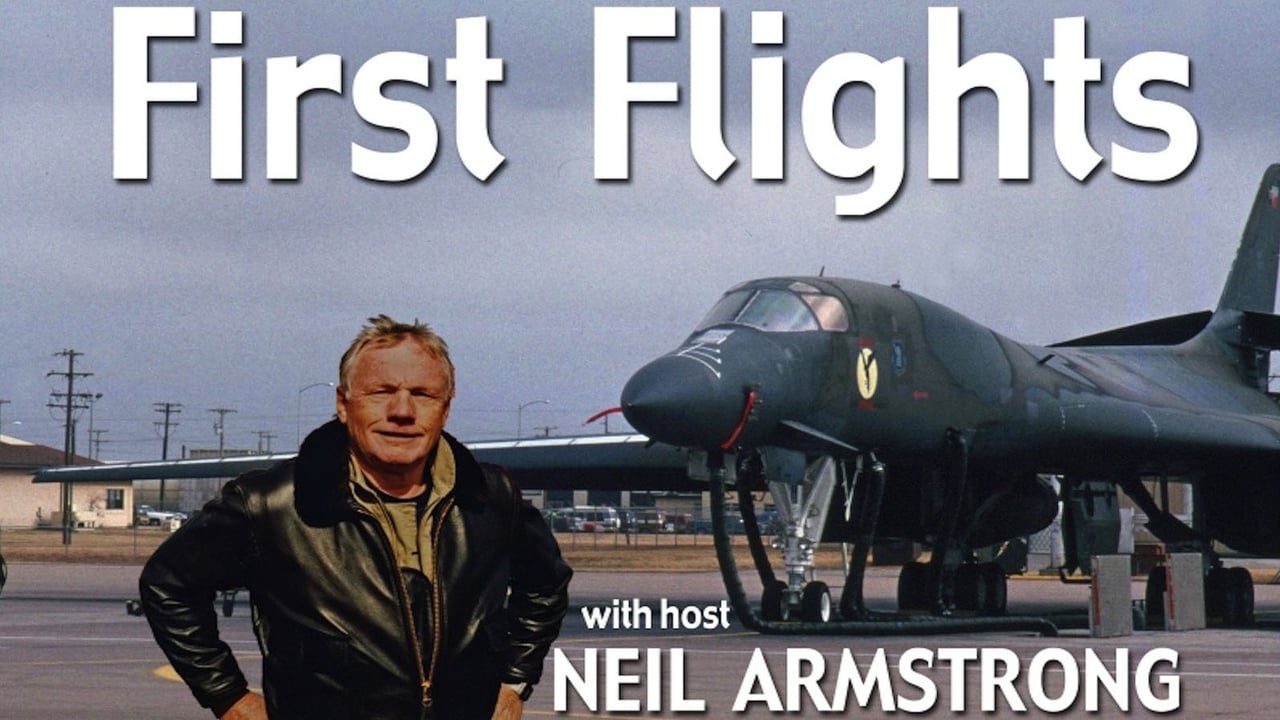
NASA Apollo astronaut Neil Armstrong adds to his long list of space flight & aviation accomplishments as he takes the controls of a variety of flying machines. Each episode blends historic footage, interviews, and flying. Armstrong takes you on an exhilarating adventure through time.
Watch NowWith 30 Day Free Trial!
First Flights with Neil Armstrong
1991


Season 1 traces the development of aviation technology from balloons to early post-WWII jet aircraft.
Watch Trailer
With 30 Day Free Trial!
First Flights with Neil Armstrong Season 1 Full Episode Guide
During WWII, the Messerschmitt 262, and the Gloster Meteor were introduced. With these first operational jet fighters, a new era in aerial combat had begun. As jet met jet over Korea, the MiG-15 proved Russia to be a a major power in jet development.
Light, maneuverable and capable of flying long distances, the Japanese Zero was the ideal air weapon for the island hopping Pacific war. While the Japanese built fleets of light, replaceable aircraft, the Americans opted for large, high-powered war birds.
American industry entered the competition to create the world's best fighter -- one that was faster and carried more armament. A dramatic increase in horsepower produced the P-47 Thunderbolt, often claimed to be the fastest fighter of the war.
The first German WW2 air attacks destroyed most old biplane fighters. The Allies responded with new monoplane designs. Britain with the Hurricane and Spitfire. The US mobilized designers and builders and produced an incredible range of aircraft.
Nazi Germany and Imperial Japan redefined the arts of aerial warfare with their revolutionary aircraft designs. As the storm clouds gathered for the Second World War, the rest of the world slowly began to rise to the challenge.
During the 1920's and 30's, designers believed that bigger is better. Airline companies were formed, requiring larger, more comfortable airplanes. With the limitations of early airfields for large planes, the flying boat became the queen of the sky.
From the early years of flight until the late 1930s, air racing was the single most important testing ground for engineering advancements. It provided a breathtaking combination of daredevil risk taking and technological innovation..
In the 1920s when just about anyone could afford a car, interest grew in a safe, inexpensive airplane that anyone could fly. Convenience went a step further in roadable aircraft -- vehicles that could travel the highways, then convert to an airplane.
Airmail pioneers demonstrated that airplanes had a bright commercial future. The variety of aircraft was dazzling -- anything with wings was put to use. But conditions were harsh and pilots had to be hardy and brave to risk flying the mail.
After the war, seasoned pilots who had once dueled with an enemy over the trenches, now performed aerobatics for spectators. Aviators as barnstormers quickly became an endearing folk hero; and also businessman carrying mail and passengers.
WW1 gave the airplane a job, soon the battlefields were full of unarmed aircraft, peering down at the trenches, then carrying news of an impending attack. With a machine gun mounted on the cowling of a Morane-Saulnier Bullet, the fighter plane was born.
Aviators separated into two groups: the airplane designer/builders and those who tried to master the art of flying. While French pilot Pegoud thrilled crowds by performing aerial loops, new airplanes pushed the bounds of speed and distance.
Using Lilienthal's glider research, the Wright brothers achieved controlled flight. The French reacted with renewed effort and Bleriot crossed the English Channel. Each airplane had its own personality and a pilot flew by his wits, instinct and luck.
Free Trial Channels
Seasons
























